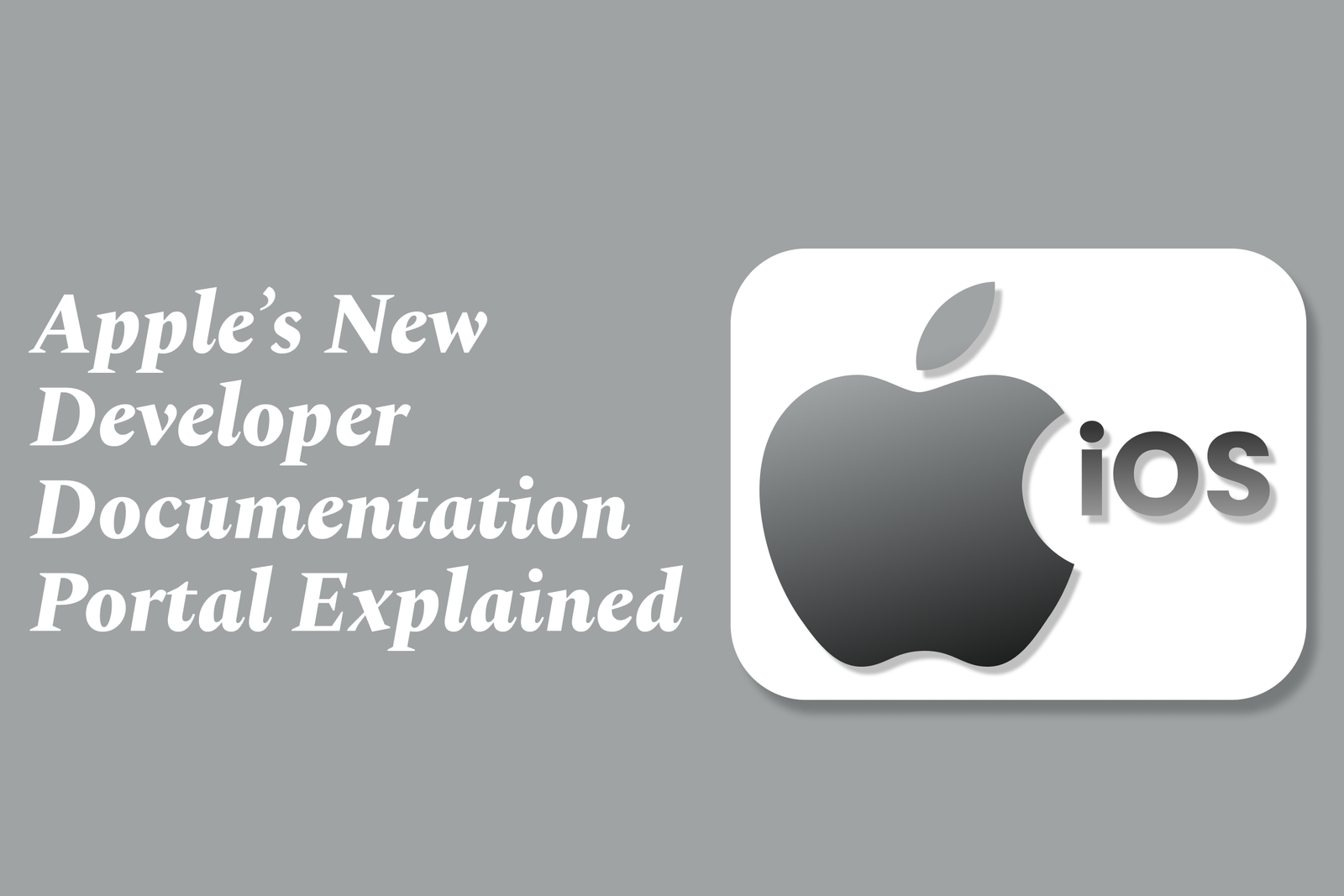Apple?S New Developer Documentation Portal Explained
Apple’s new Developer Documentation Portal offers a streamlined, user-friendly platform with enhanced navigation, theme support, and searchable content, providing developers worldwide easy access to comprehensive resources, beta programs, and localized documentation for Apple platforms.
Apple's New Developer Documentation Portal Explained
1 ) Introduction to the New Portal
Apple has revamped its Developer Documentation Portal to provide an improved, seamless experience for developers. The new portal aims to deliver comprehensive resources, organized navigation, and enhanced usability tailored for developers working on Apple platforms.
2 ) Theme and Display Preferences
The portal automatically respects the user’s system color scheme preferences (dark or light mode) to reduce UI flashes and improve readability.
If a user sets a preference, this is locked in and color scheme toggles are hidden to prevent accidental changes, ensuring a consistent user interface.
3 ) Navigation Enhancements
The global navigation has been redesigned with open and close menu options, allowing easy access to major sections such as News, Discover, Design, Develop, Distribute, Support, and Account.
A robust search feature is available to find documentation efficiently, including the option to limit search scope within specific content areas.
4 ) Updated Content and Quick Access
The portal consolidates important developer news, software releases, site updates, and upcoming requirements right at the forefront.
Quick Links provide immediate access to the most frequently visited sections or tools developers need, enhancing productivity.
5 ) Beta Software Program Integration
The portal prominently features the Apple Beta Software Program, encouraging developers to participate by testing pre release versions of iOS, macOS, and other Apple operating systems.
It provides sign up access, feedback mechanisms, and answers to frequently asked questions to support developer involvement in shaping future software.
6 ) Usability Features
Dropdown menus and interactive elements use accessible attributes for keyboard navigation and screen reader compatibility.
JavaScript driven UI components ensure smooth interactions and prevent visual glitches during loading or theme switching.
7 ) Localization and Accessibility
The portal supports multiple international languages, allowing developers worldwide to engage with content in their preferred language.
Language selection triggers immediate content localization, contributing to an inclusive developer ecosystem.
8 ) Privacy, Terms, and Support
Apple maintains clear links to legal documents such as Terms of Service, Privacy Policy, and FAQs.
Options to manage account enrollment and language preferences are conveniently located in the footer, ensuring transparency and easy support.
Summary:
Apple’s new Developer Documentation Portal is a thoughtfully designed hub that balances aesthetics, functionality, and developer needs. By incorporating theme awareness, improved navigation, beta program information, and extensive localization support, Apple is empowering developers to access critical resources efficiently and engage with future software developments confidently.
https://justacademy.in/news-detail/google-play-pass-subscription-news
https://justacademy.in/news-detail/android-voice-assistant-improvements
https://justacademy.in/news-detail/inside-react-native?s-new-cli:-what-developers-are-saying
https://justacademy.in/news-detail/how-react-native-is-powering-the-future-of-smart-home-apps
https://justacademy.in/news-detail/android-data-privacy-changes-in-2025
Related Posts
Java supports GDPR and data privacy by enabling secure data handling through encryption, controlled access, and precise data management. It allows developers to minimize PII exposure, ensure data confidentiality, and design workflows that comply with data protection regulations effectively.
Java code quality tools have evolved to include advanced static analysis, integrated security checks, and AI-powered code reviews. These updates help developers detect bugs, enforce coding standards, and enhance security, streamlining the development process and improving overall code reliability.
Java remains a cornerstone in big tech companies, evolving with modern features like records, pattern matching, and virtual threads. Its robust ecosystem, enhanced performance, and growing AI integrations keep it vital for both legacy systems and innovative new projects.
Java and CI/CD pipeline optimizations streamline Java application development by automating builds, tests, and deployments. They improve efficiency through parallelization, caching, and secure secrets management, enabling faster feedback loops and more reliable, scalable software delivery.
Java supports modern cryptography standards through its flexible Java Cryptography Architecture (JCA), enabling integration of advanced algorithms like AES, EdDSA, and post-quantum tools. Libraries like Bouncy Castle offer FIPS-certified, hardware-accelerated implementations for secure development.
Java 23 enhances record patterns by enabling concise, direct destructuring of record components within pattern matching, simplifying type checks and data extraction. This improvement boosts code readability and expressiveness by reducing boilerplate in handling immutable data classes.
Java remains a top choice for mobile app backends, powering scalable, secure, and high-performance server-side solutions. Latest trends include cloud-native microservices, reactive programming, and enhanced JVM optimizations, enabling efficient, flexible, and robust mobile backend development.
Java SE 24 and LTS Java SE 21 offer enhanced features and performance, while Apache Spark 4.0.0 introduces Scala 2.13 support and advanced ML and SQL capabilities. Together, they empower developers to build scalable, high-performance data applications with modern tools.
JUnit 5 modernizes Java testing with a modular architecture, improved assertions, and seamless Java 8+ support. Beyond JUnit, tools like Mockito and AssertJ enhance mocking and assertions, creating a powerful, flexible ecosystem for writing clean, efficient Java unit tests.
Java plays a pivotal role in cloud automation tools by providing a robust, platform-independent language used to build scalable automation frameworks like Jenkins and Selenium, enabling efficient CI/CD pipelines, testing, and orchestration across diverse cloud environments.










